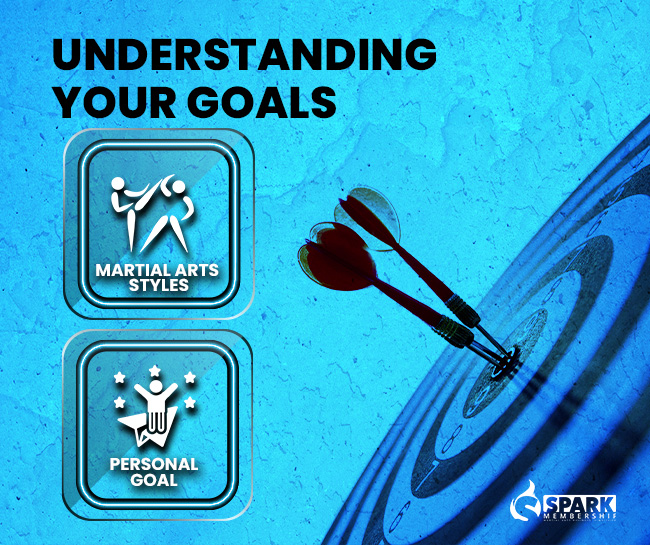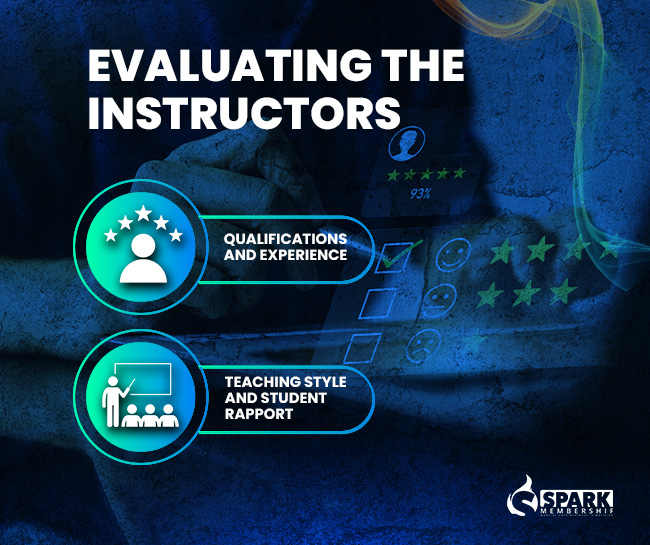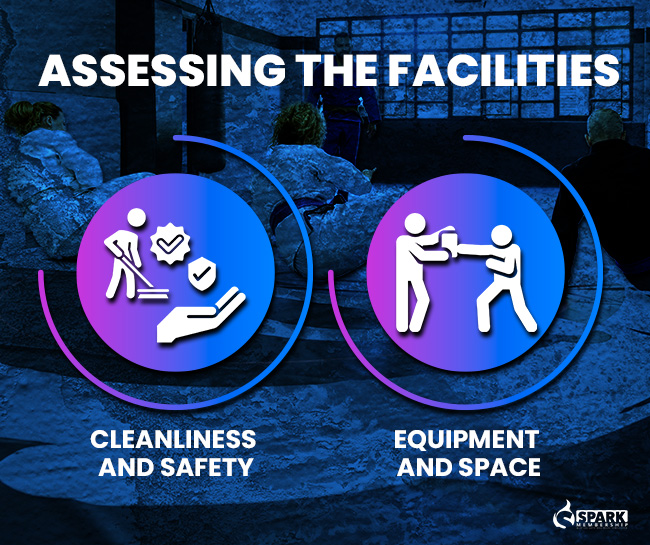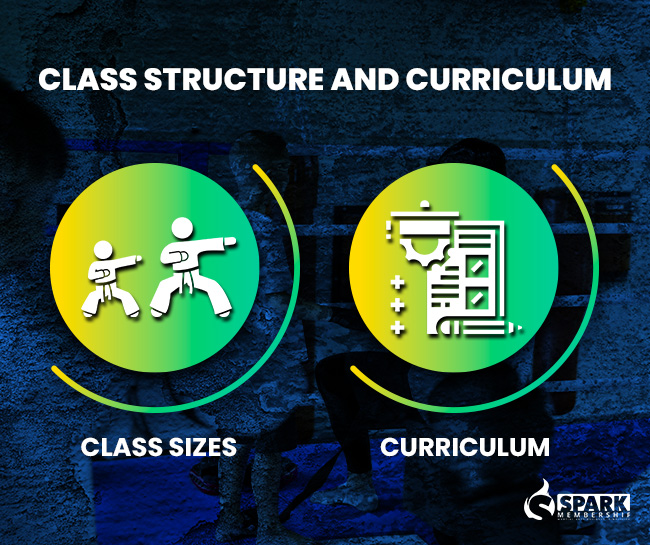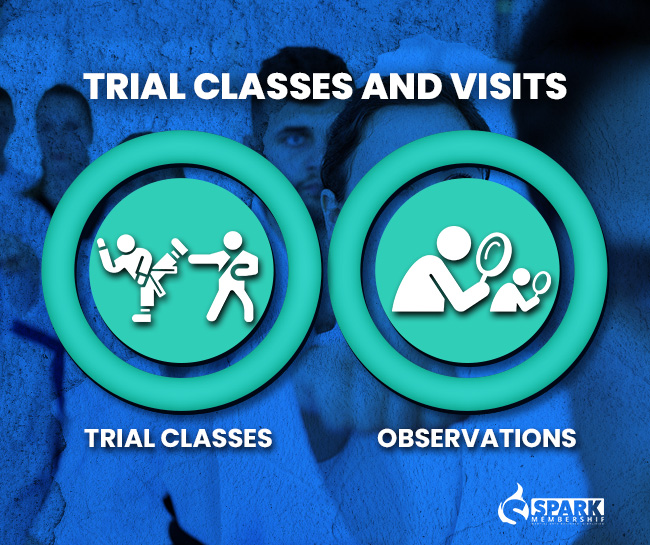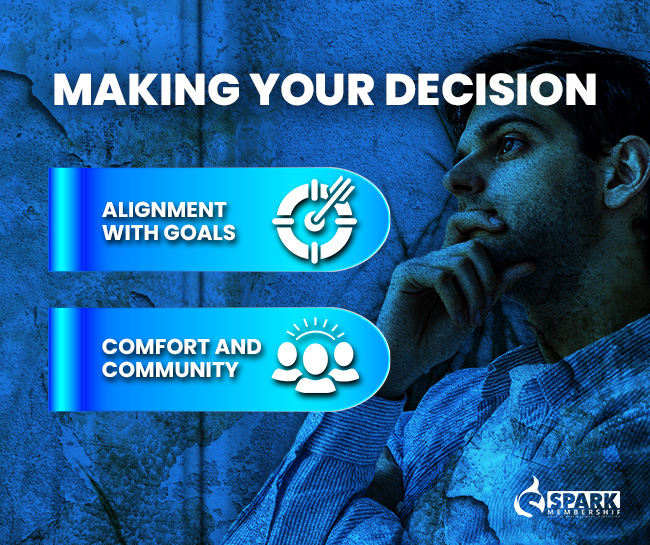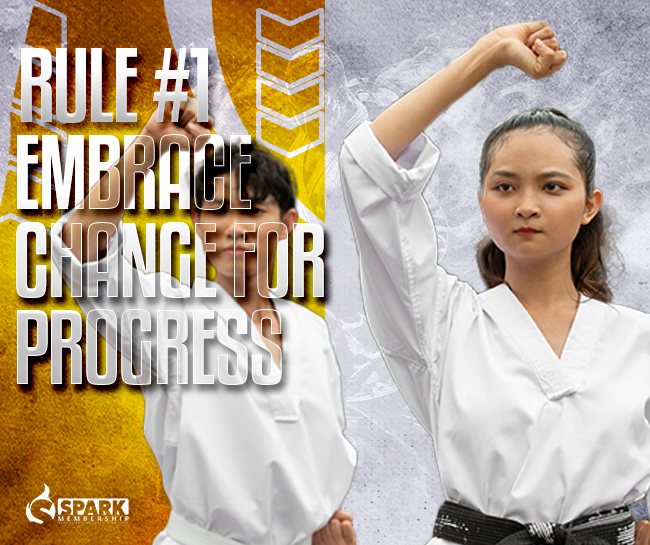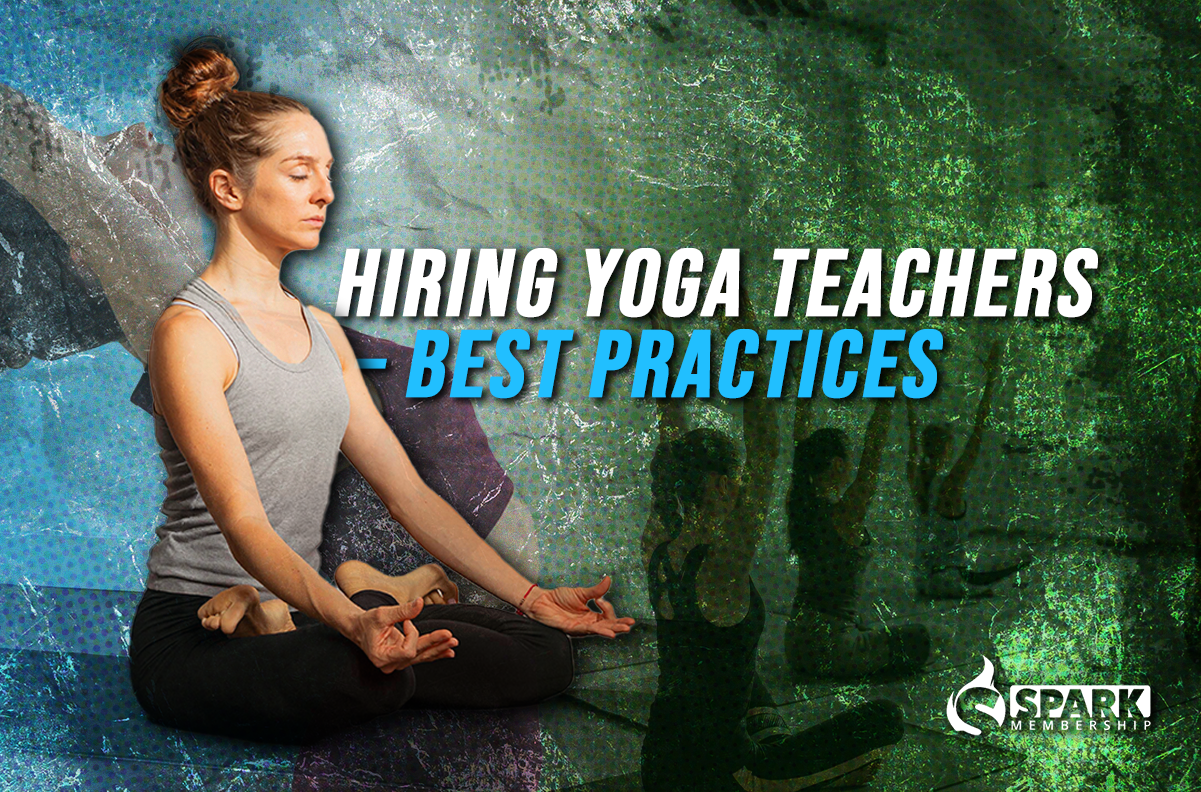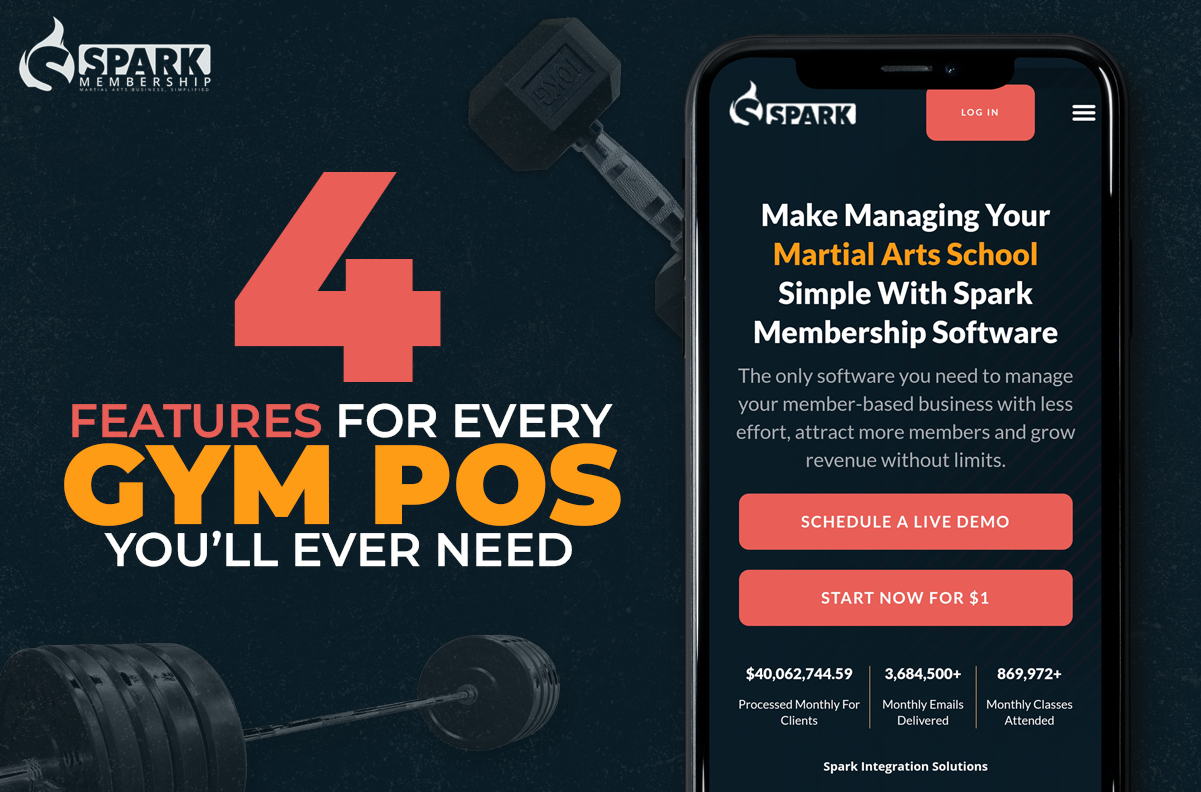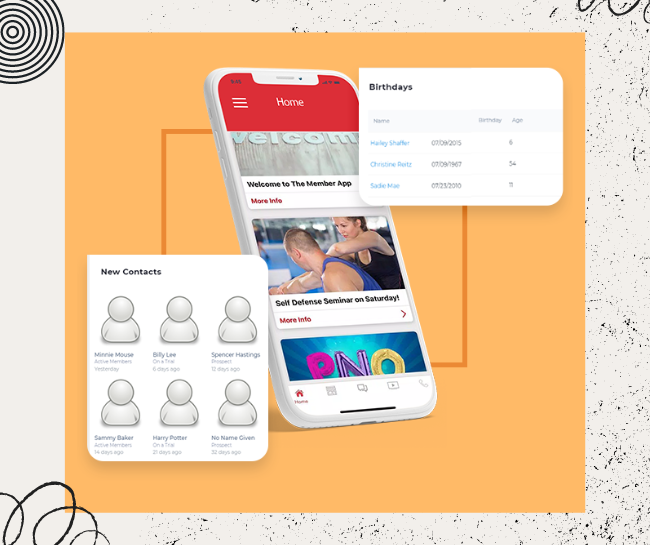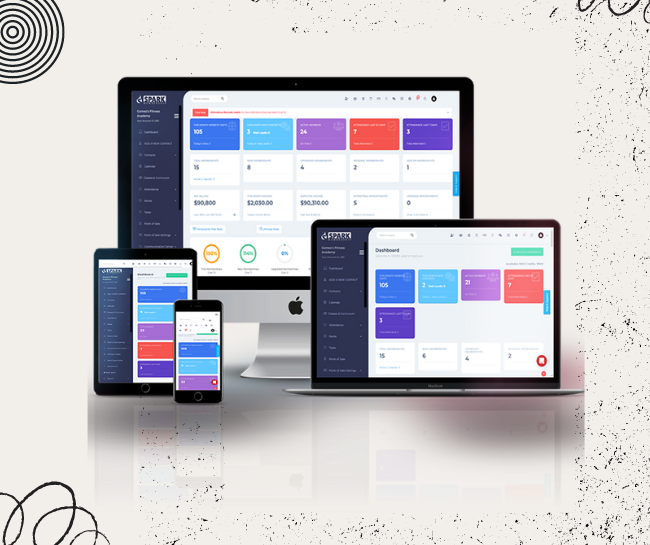
In managing a gym business, efficient management isn’t just a luxury; it’s the cornerstone of success. As gym owners and fitness entrepreneurs, we understand the daily challenges of running a fitness facility. From juggling memberships to ensuring seamless class scheduling and managing finances, the list seems endless. However, there’s a beacon of hope amidst the chaos – gym management software. Let’s delve into how this powerful tool can revolutionize your fitness
Simplified Membership Management

Bid farewell to the days of cumbersome paperwork and manual data entry. With gym management software, handling memberships becomes a breeze. From onboarding new members to managing renewals and cancellations, the software centralizes all member information, ensuring accuracy and efficiency.
Streamlined Class and Appointment Scheduling

Say goodbye to scheduling conflicts and missed appointments. Gym management software empowers you to create and manage class schedules effortlessly. Whether it’s yoga at dawn or spin class at dusk, members can easily book slots through the intuitive interface, keeping your studio buzzing with activity.
Automated Payment Processing

Gone are the days of chasing payments and reconciling accounts manually. Gym management software integrates seamless payment processing, allowing members to pay dues online or in-person hassle-free. With automated invoicing and recurring payment options, cash flow becomes smoother than ever before.
Inventory Management

No more stockouts or inventory discrepancies disrupting your operations. Gym management software enables you to track and manage inventory levels in real-time. From gym equipment to retail merchandise, you’ll always know what’s in stock, ensuring a seamless experience for both staff and members.
Personalized Communication

Forge stronger connections with your members through personalized communication. Gym management software allows you to send targeted messages, birthday wishes, and personalized offers based on member preferences and behavior, fostering loyalty and engagement.
Access Control and Member Security

Keep your facility secure while providing convenient access to authorized members. Gym management software integrates access control systems, allowing you to restrict entry to designated areas and track member activity for enhanced security and peace of mind.
💡 Access control systems can also provide valuable data on member usage patterns, enabling you to make informed decisions about resource allocation and facility improvements
Feedback and Engagement Tools

Empower your members to voice their opinions and stay engaged with your fitness community. Gym management software includes built-in feedback tools such as surveys and ratings, enabling you to gather valuable insights and continuously improve your services based on member feedback.
Reporting and Analytics

Make informed decisions with comprehensive reporting and analytics. Gym management software provides valuable insights into key metrics such as membership growth, attendance trends, and revenue performance, empowering you to optimize operations and drive business growth.
💡 Detailed reporting guides decisions: Financials reveal revenue, retention pinpoints areas for improvement, while sales/marketing metrics assess success, aiding strategic adjustments.
Financial Management

Take control of your finances with robust financial management tools. From tracking expenses to generating financial reports, gym management software simplifies financial management, allowing you to allocate resources strategically and maximize profitability.
Growth Opportunities

Uncover new growth opportunities and stay ahead of the competition. Gym management software identifies trends and patterns within your business data, enabling you to identify untapped markets, optimize pricing strategies, and launch targeted marketing campaigns to attract new members and expand your reach.
The benefits of gym management software for fitness businesses are undeniable. From streamlining operations and enhancing member experiences to gaining valuable insights and unlocking growth opportunities, the transformative power of gym management software can propel your fitness business to new heights. Embrace the future of fitness management and unlock the full potential of your gym with the right gym management software solution.
Looking to amplify your fitness business? Discover the power of Spark Membership, your ultimate gym management solution. Elevate your operations, boost member connections, and unlock growth potential with tailored tools designed to propel your gym forward. Experience the difference and see what gym management software can do for your fitness business with Spark Membership today!

